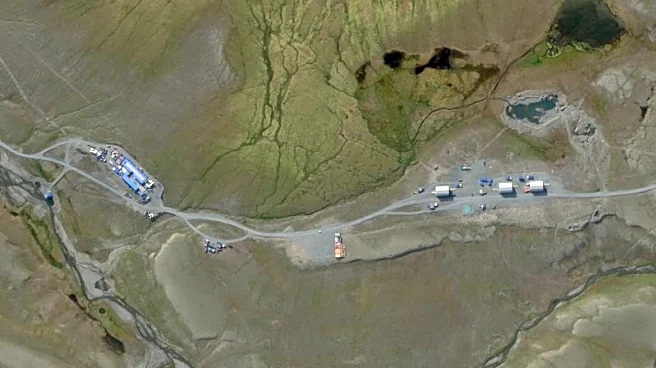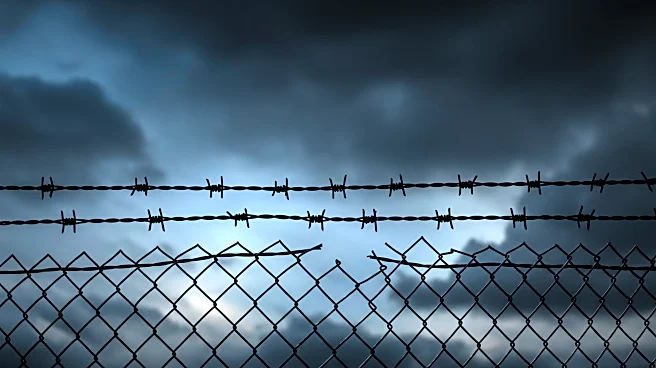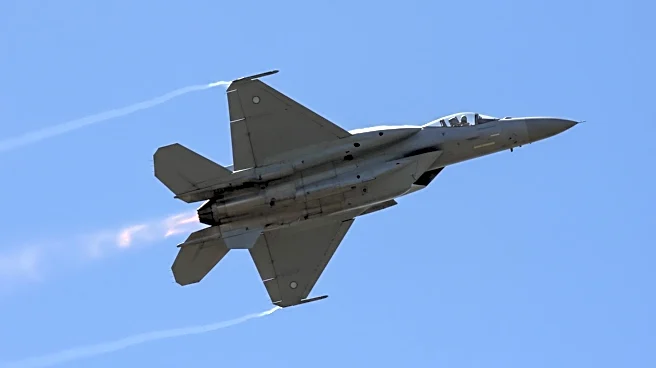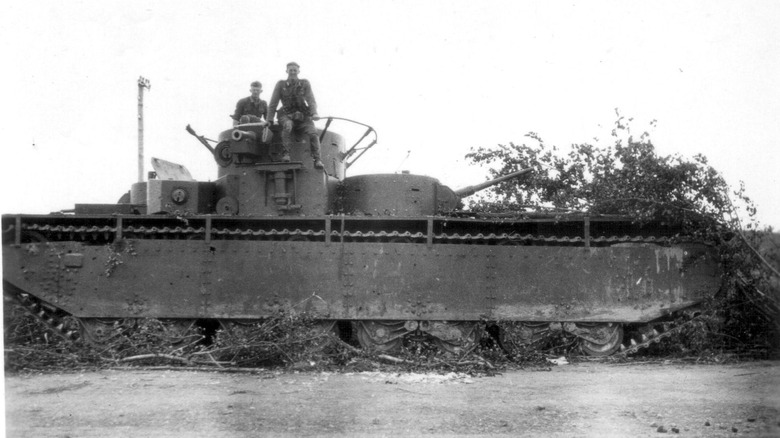
When you're a soldier going to war, the last thing you want to hear is that your equipment is a "deathtrap" or "total disaster." Yet, that's exactly what Russia's T-35 was. Then again, what do you expect when the inspiration for these behemoth land battleships came from a short story written by science fiction writer H.G. Wells?
The T-35 was built on the principle that, since previous tank designs (like the T-18 and T-34, a tank that, believe it or not, is still in service), had worked, just adding
"more" would make a new version exponentially better. The T-35 was 31.8 feet long, 10.5 feet wide, 11.25 feet tall, and weighed a staggering 50 tons (more than Russia's latest main battle tank, the T-90M). It required a crew of 11 men to operate and was powered by an M-17L aero engine with 580 horsepower, achieving a maximum speed of just over 18 miles per hour on the road, but substantially slower cross-country (as are most tanks). By comparison, Russia's T-90M can move at a brisk 43 miles per hour.
The design flaws, however, were many. It was outfitted with an inordinate amount of ordnance that included five turrets instead of one -- a single 76.2-millimeter anti-personnel gun, two 45-millimeter anti-tank guns, and six Degtyarev machine guns. Unfortunately, the tank was thin-skinned, clad in 20 and 30-mm armor that was very easily penetrated. What's more, its bristling number of turrets made it heavy, which made it slow and hard to steer. The engine was underpowered and prone to mechanical failures.
Read more: 10 Of The Strangest Military Helicopters Ever Made
The T-35 Looked Incredibly Fearsome But Was A Complete And Total Disaster
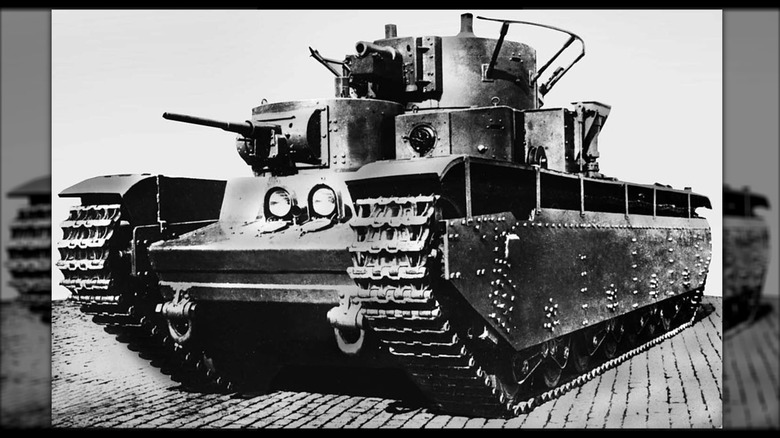
The 580-horsepower M-17L aero engine may have been adequate if the T-35 was fitted with a single main gun. However, the weight of the additional turrets overtaxed the engine and caused it to continuously overheat. Additionally, both the engine and transmission frequently broke down.
The length of the T-35 required the addition of an extra bogie suspension to the running gear. Each of the four bogies consisted of two pairs of coiled-spring suspension arms, with an additional two pairs of road wheels positioned between them. This complex array (covered by a side skirt) often became clogged with mud and debris, which in turn led to drivetrain failure. As if that wasn't enough, the crew and tank commander were plagued with communication issues, which resulted in missed orders and commands.
Only 61 T-35s were built at the Kharkov Locomotive Plant between 1932 and 1939, and at the time of the Battle of Brody in June 1941 (perhaps the biggest tank battle ever fought), a total of 48 were sent as part of the 67th and 68th Heavy Tank Regiments. Historical records indicate that while en route, 26 encountered mechanical issues -- broken fan belts, friction clutches, malfunctioning reduction gears, and gearbox failures -- and were simply left behind. Eight more were abandoned because routine repairs weren't possible. Thanks to the T-35's massive weight, two fell through bridges, and another got stuck in a swamp. The final ten tanks were all destroyed during scattered engagements with the Nazis, cementing its place in history as one of the worst military tanks ever built.
Want the latest in tech and auto trends? Subscribe to our free newsletter for the latest headlines, expert guides, and how-to tips, one email at a time.
Read the original article on SlashGear.









